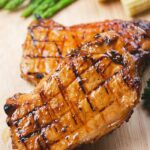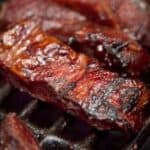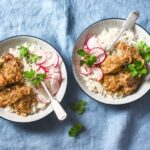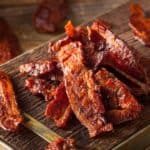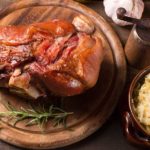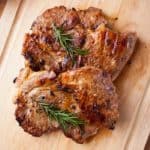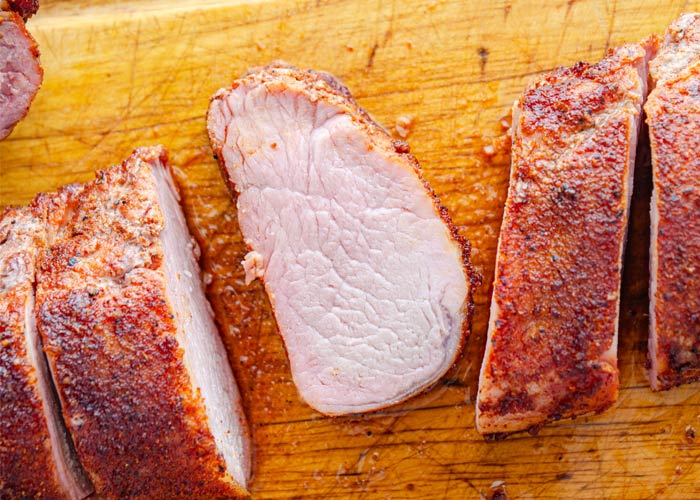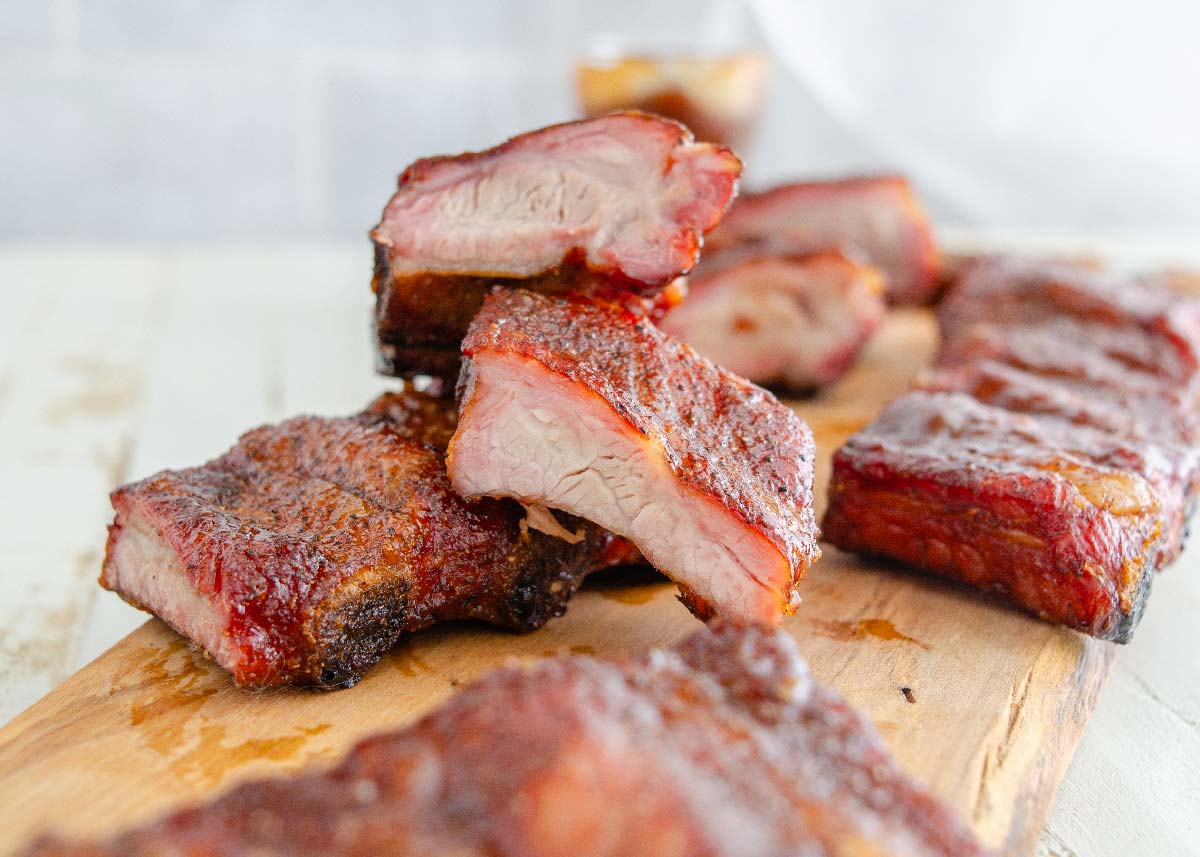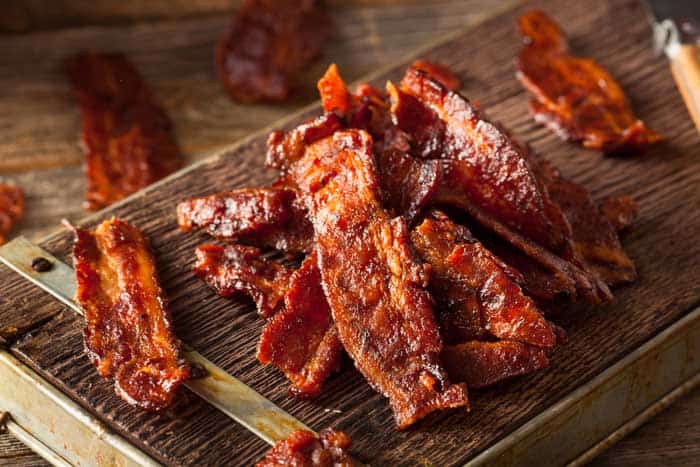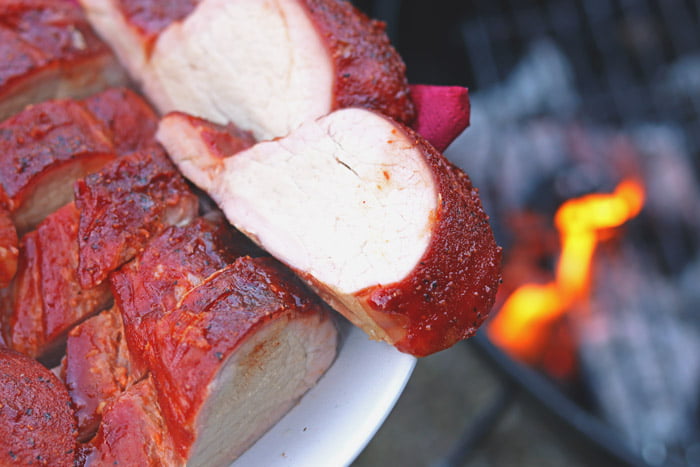Known for its exceptional tenderness and flavor, Kurobuta pork is considered one of the best meats in the world. Find out what makes it so special with our Kurobuta pork guide.
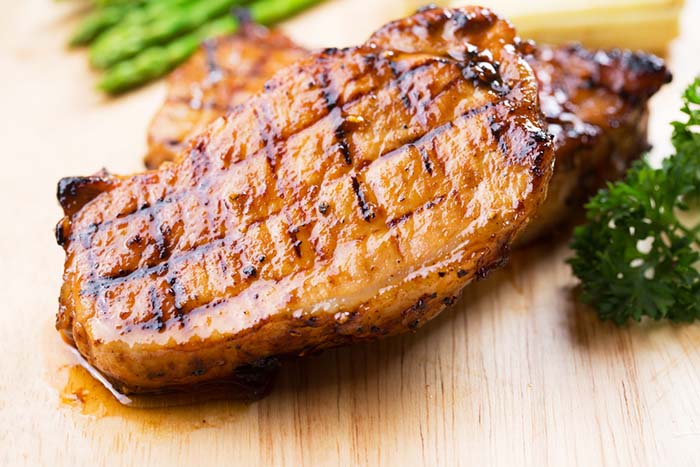
Kurobuta is to pork as Wagyu is to beef. Simply put, Kurobuta pork is regarded as the best-tasting pork in the world.
If you’re looking for luxury-level pork chops to cook on the grill, Kurobuta is the way to go. It’s juicer, more tender, and has a better flavor than any regular pork from your local meat counter.
But what is Kurobuta pork? Let’s learn more about what makes this unique pork so special. In this article, we’ll look at how a humble British countryside pig got a fancy Japanese name, what makes Kurobuta pork so much better than regular pork, and how to cook it perfectly on the grill.
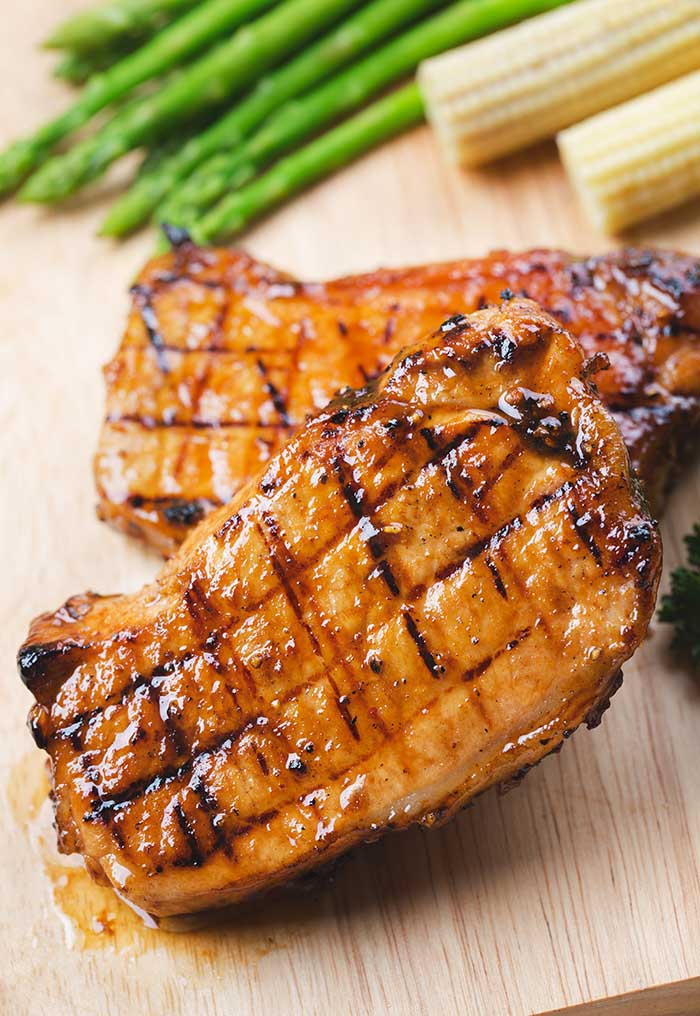
What is Kurobuta Pork?
Kurobuta pork is a top-tier category of pork renowned for being tastier and juicer than regular butchered pork.
The elite-level meat is taken from a specific breed of specially farmed pig, similar to how Wagyu steak is beef that comes from a certain breed of cow that has been kept to a high standard of care, and as such demands a much higher price tag than the pork you’d find at a regular butcher or store.
Kurobuta Pork vs. Berkshire Pork
Kurobuta Pork and Berkshire Pork are actually the same thing! Berkshire Pork is so named because it comes from a specific heritage breed of pig that originated in the British county of Berkshire hundreds of years ago. They have a distinctive Black coat with a few white spots, usually on the snout, feet and tip of their tail.
This breed of pig was exported to Japan in the 1860s, where it earned its name Kurobuta pig – ‘Kurobuta’ in Japanese means Black Pig.
While many English-speaking countries have kept the name ‘Berkshire Pork’, other countries have adopted the Japanese name ‘Kurobuta Pork’.
What is Special About Kurobuta Pork?
Kurobuta pork has some distinct differences from regular pork cuts. People who have tasted both side-by-side say the taste and texture difference is like night and day. Here are some of the most prominent characteristics of Kurobuta pork:
- Color & Marbling: Raw Kurobuta pork has a much richer red color than standard pork and a lot more fat marbling.
- Texture: The extensive fat marbling in Kurobuta pork makes for deliciously tender and juicy cuts that cook evenly.
- Flavor: The difference that most people point out with Kurobuta pork is the flavor – it has a much stronger and slightly sweeter taste than traditional pork.
What Makes a Kurobuta Pig?
Kurobta pork is classed by many as the best pork in the world; that seems like quite a lofty accolade – pork is pork, right?
Well, in the case of Kurobuta Pork, there is quite a lot that goes into making this god-tier meat the standard that it is.
Farming
Firstly, only certain farms in Japan have been granted permission to raise Berkshire pigs for Kurobuta pork as the farms have to prove that they can provide the right level of care to the animals. The majority of these farms are located in the Kagoshima area of Japan, and the life they give to their pigs is second to none.
Kurobuta pigs are essentially free-range and get to roam the farms they are raised on as they please, foraging and grazing where they like and being fed feed free of nasties such as hormones and antibiotics.
We all know that happy and stress-free animals produce better quality meat, and given the life that these lucky pigs live, it’s no wonder Kurobuta pork tastes so good!
Heritage
To be true Kurobuta pork, the pig it has come from should have a solid pure Berkshire pig heritage; this means no half-breed pigs or muddied genetic lines.
Where to Buy Kurobuta Pork
When buying Kurobuta pork, it’s important to check that you’re getting the best deal for your money and that the pork you buy meets the exacting standards required to be called true Kurobtua pork.
Snake River Farms is a great supplier of Kurobuta pork; they source their pork from 100% purebred Berkshire pigs that have been kept and raised in line with the rules set out by the Japanese Ministry of Agriculture, so you can be sure you are getting a top quality product.
Here are a few of their Kurobuta products that are worth trying:
- Kurobuta Pork Chop – These generously sized Kurbotua pork chops come perfectly trimmed with exceptional fat marbling. This standard of cut makes for a perfect cook and excellent value for money.
- Kurobuta Double Bone Pork Chop – If you want something to really impress at your next BBQ then you can’t go far wrong with a bone-in pork chop. Generously cut to be two bones thick, this chop is huge in size and flavor.
- Kurobuta Pork Shoulder – This chunky cut of Kurobtua pork shoulder would make for the best-tasting, slow-cooked pulled pork of your life. Left with the shank bone attached, this 17-pound chunk of meat should be enough to feed 14-16 people.
How to Cook Kurobuta Pork Chops
Thanks to its already wonderful flavor and dense fat marbling, Kurobuta pork is easy to cook and tastes great when grilled without the need for any fancy recipes or additional ingredients.
Dry Brine
Even though Kurobuta pork is known for being a tender meat adding a dry brine to make them even juicer before grilling is never a bad idea.
Sprinkle each side of your pork chops with kosher salt and allow them to sit in the fridge for a few hours (overnight is ideal if you have the time) before putting them on the grill. Brining helps the pork retain moisture and also starts to break down any muscle tissue to make it extra tender.
Temperature
Pork needs to be cooked until it reaches an internal temperature of 145℉ (63℃) to ensure it is safe to eat.
Reverse Searing
Reverse searing your pork chops is a great way to make sure you have perfectly cooked meat with a nice tasty crust.
To do this, you’ll need to set your grill up for two-zone cooking and start your Kurobuta pork chops on the indirect side of the grill until the internal temperature reaches 145℉ (63℃). Once they have reached the required internal temp, they can be moved over to the direct heat side of the grill and given a quick sear on both sides to develop a tasty crust.
